Nesrine Baklouti
Interval type-2 Beta Fuzzy Near set based approach to content based image retrieval
Dec 07, 2018
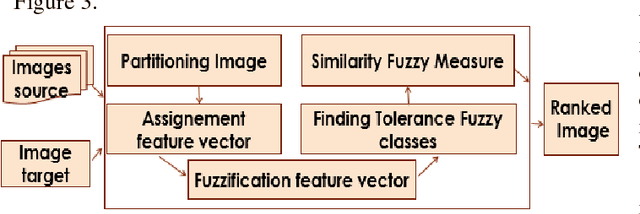
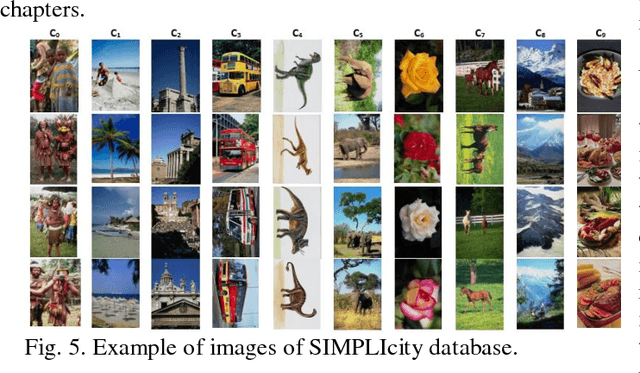

Abstract:In an automated search system, similarity is a key concept in solving a human task. Indeed, human process is usually a natural categorization that underlies many natural abilities such as image recovery, language comprehension, decision making, or pattern recognition. In the image search axis, there are several ways to measure the similarity between images in an image database, to a query image. Image search by content is based on the similarity of the visual characteristics of the images. The distance function used to evaluate the similarity between images depends on the criteria of the search but also on the representation of the characteristics of the image; this is the main idea of the near and fuzzy sets approaches. In this article, we introduce a new category of beta type-2 fuzzy sets for the description of image characteristics as well as the near sets approach for image recovery. Finally, we illustrate our work with examples of image recovery problems used in the real world.
An Evolutionary Hierarchical Interval Type-2 Fuzzy Knowledge Representation System (EHIT2FKRS) for Travel Route Assignment
Dec 05, 2018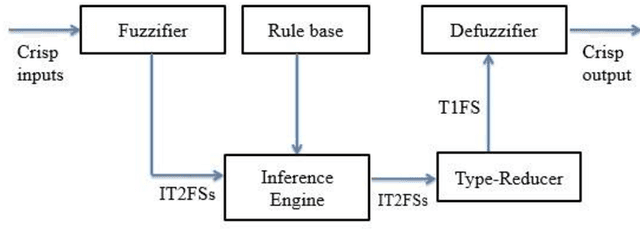
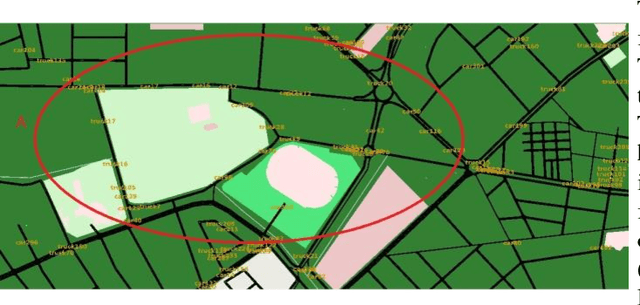
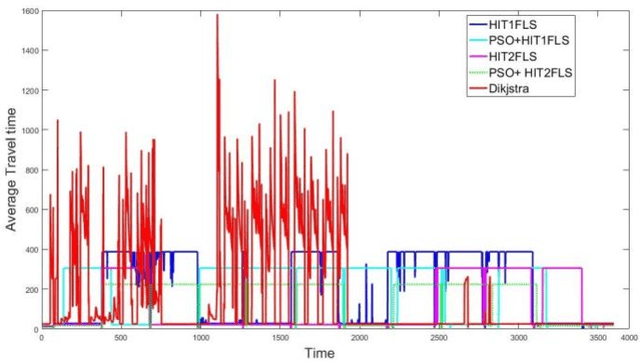
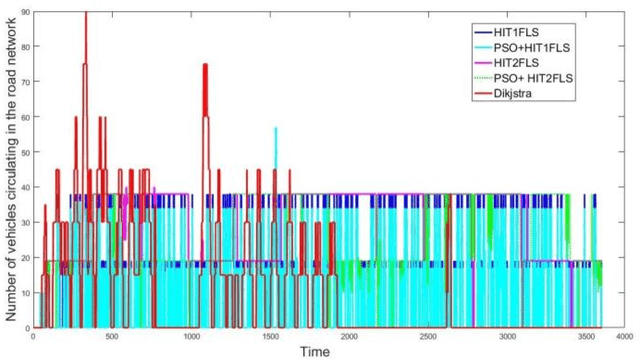
Abstract:Urban Traffic Networks are characterized by high dynamics of traffic flow and increased travel time, including waiting times. This leads to more complex road traffic management. The present research paper suggests an innovative advanced traffic management system based on Hierarchical Interval Type-2 Fuzzy Logic model optimized by the Particle Swarm Optimization (PSO) method. The aim of designing this system is to perform dynamic route assignment to relieve traffic congestion and limit the unexpected fluctuation effects on traffic flow. The suggested system is executed and simulated using SUMO, a well-known microscopic traffic simulator. For the present study, we have tested four large and heterogeneous metropolitan areas located in the cities of Sfax, Luxembourg, Bologna and Cologne. The experimental results proved the effectiveness of learning the Hierarchical Interval type-2 Fuzzy logic using real time particle swarm optimization technique PSO to accomplish multiobjective optimality regarding two criteria: number of vehicles that reach their destination and average travel time. The obtained results are encouraging, confirming the efficiency of the proposed system.
 Add to Chrome
Add to Chrome Add to Firefox
Add to Firefox Add to Edge
Add to Edge